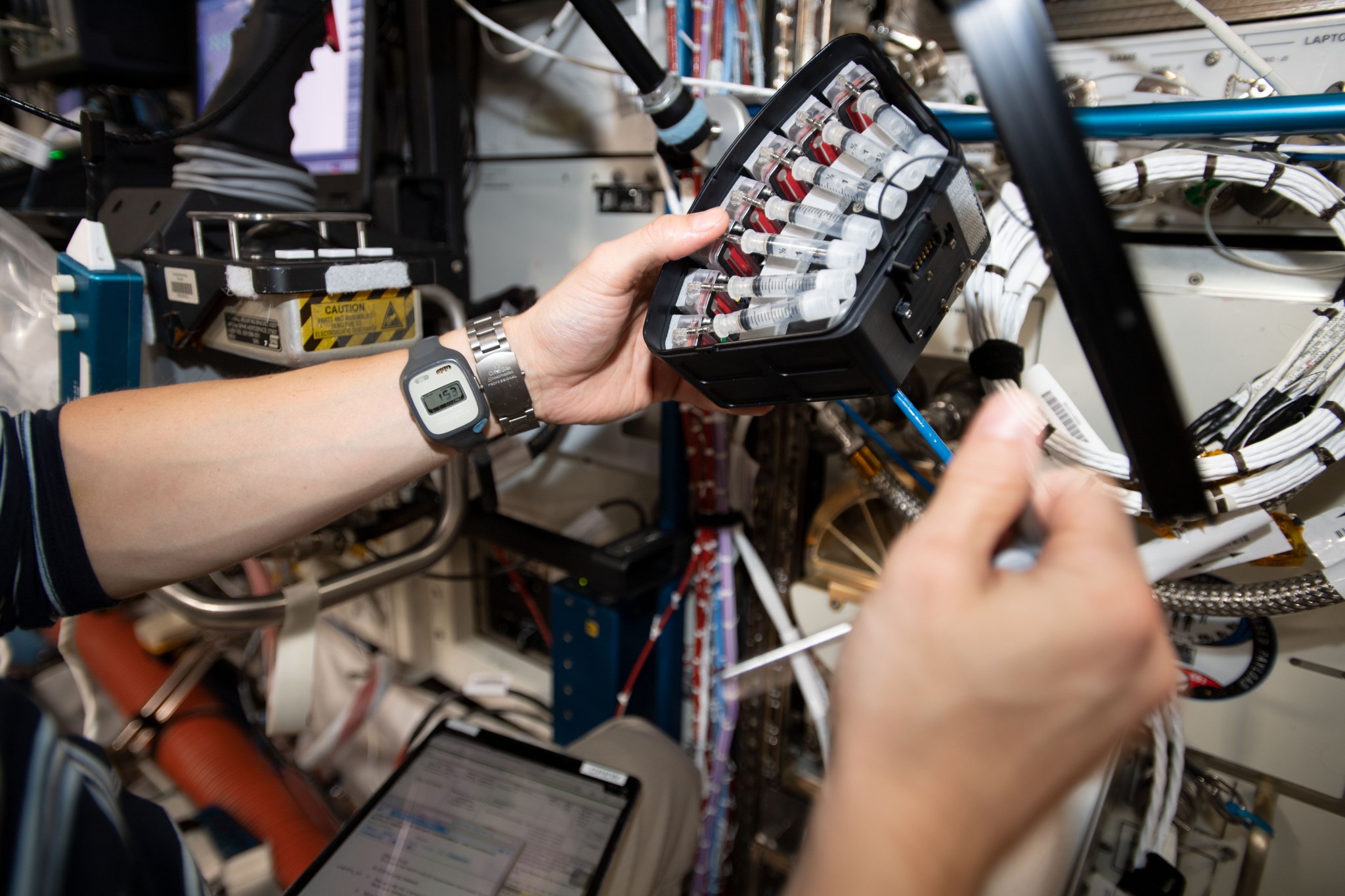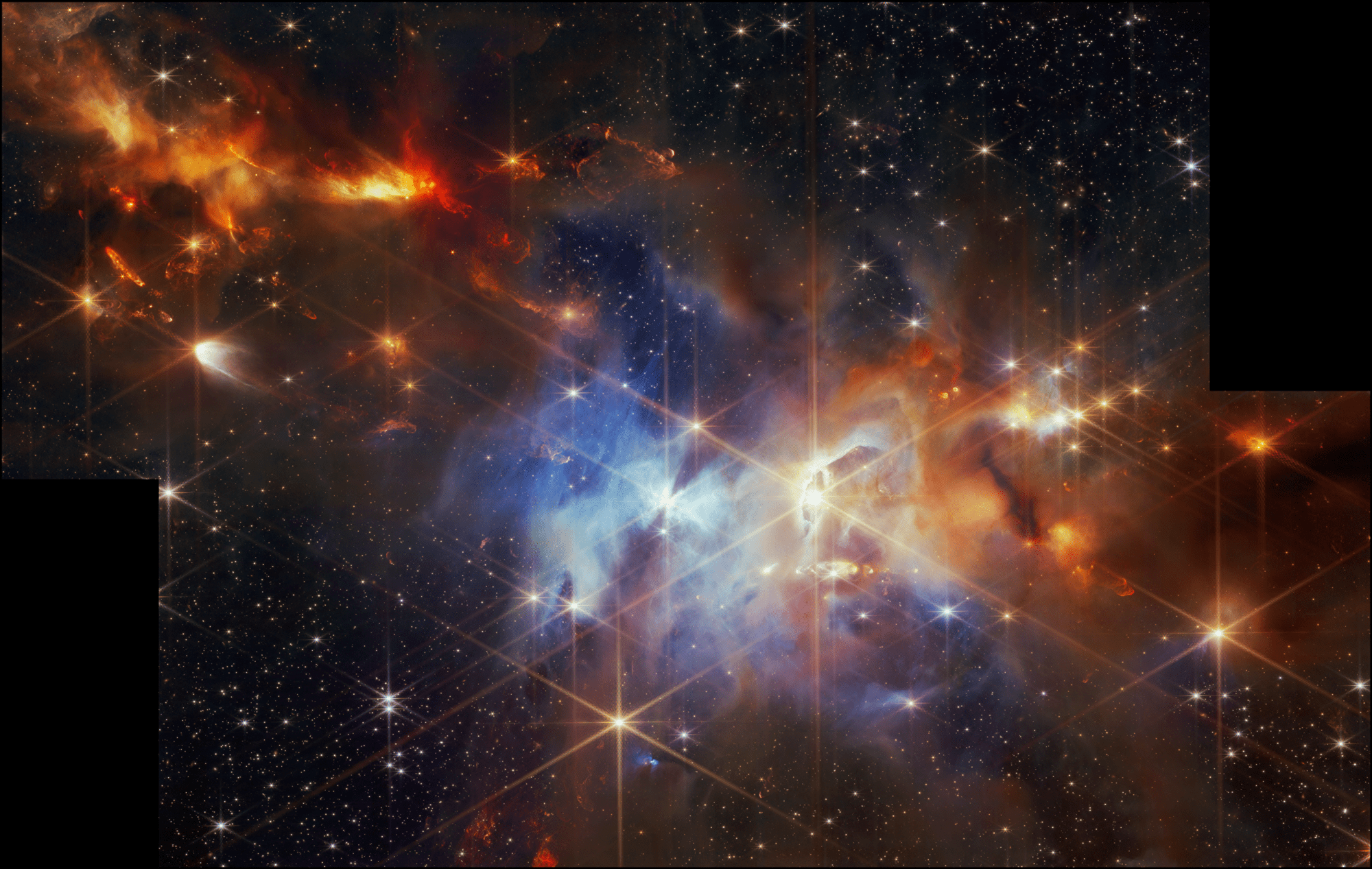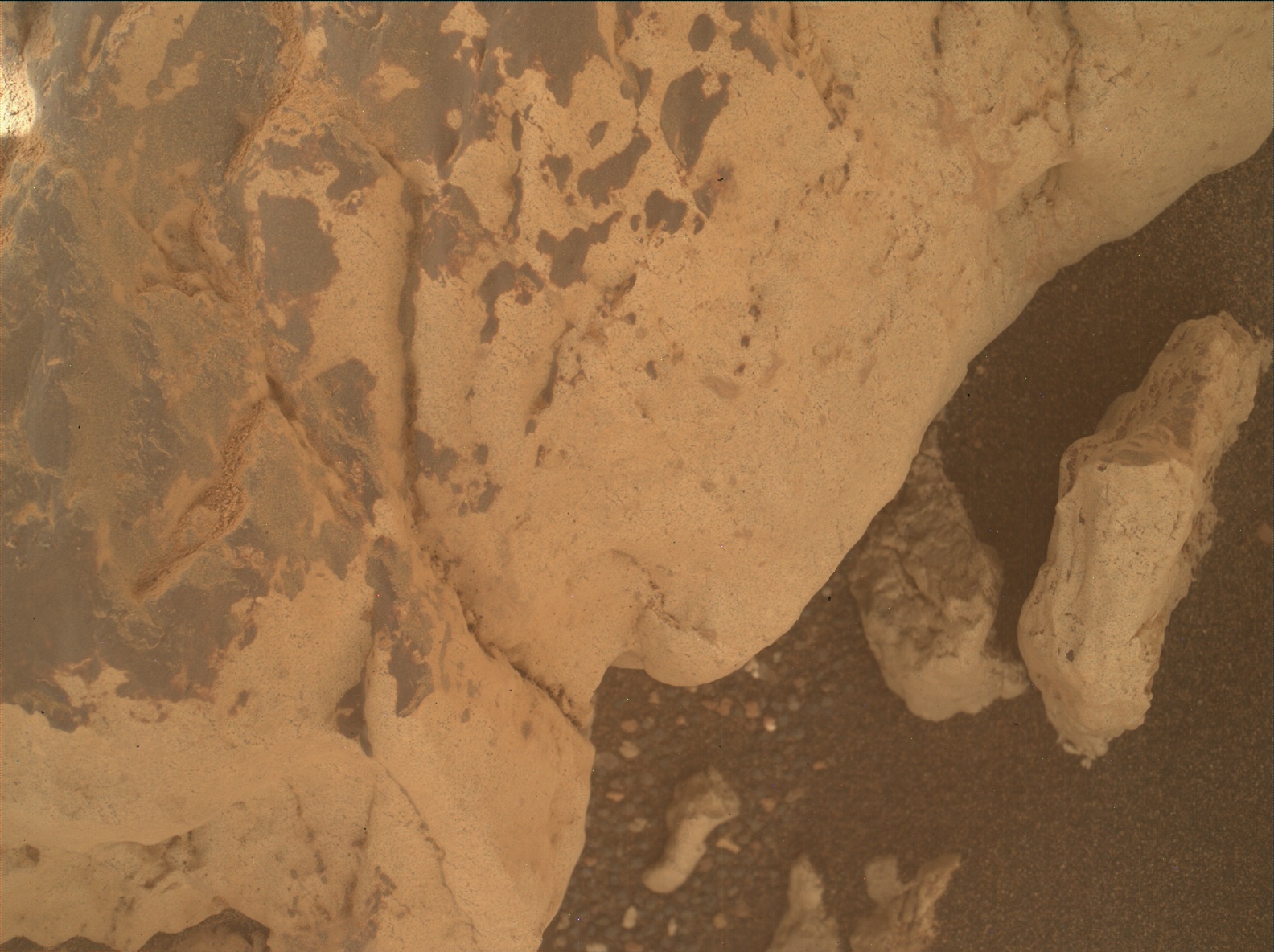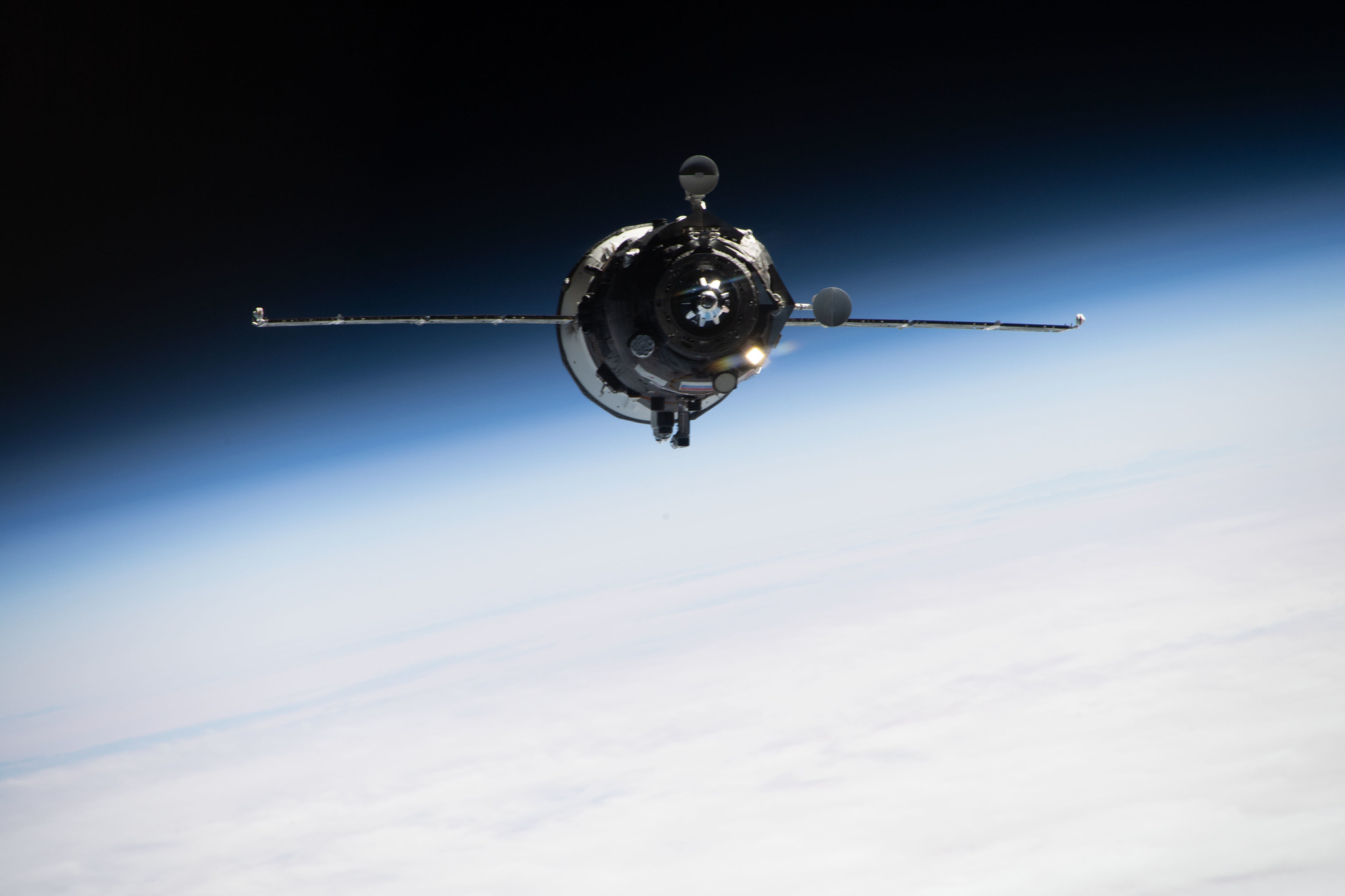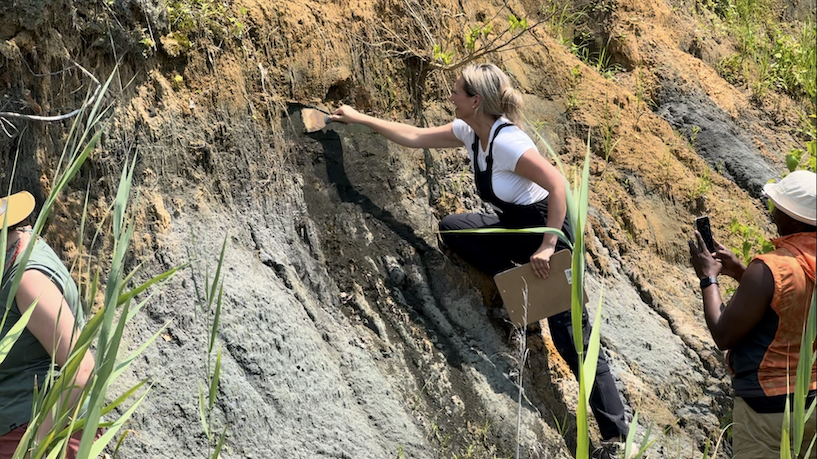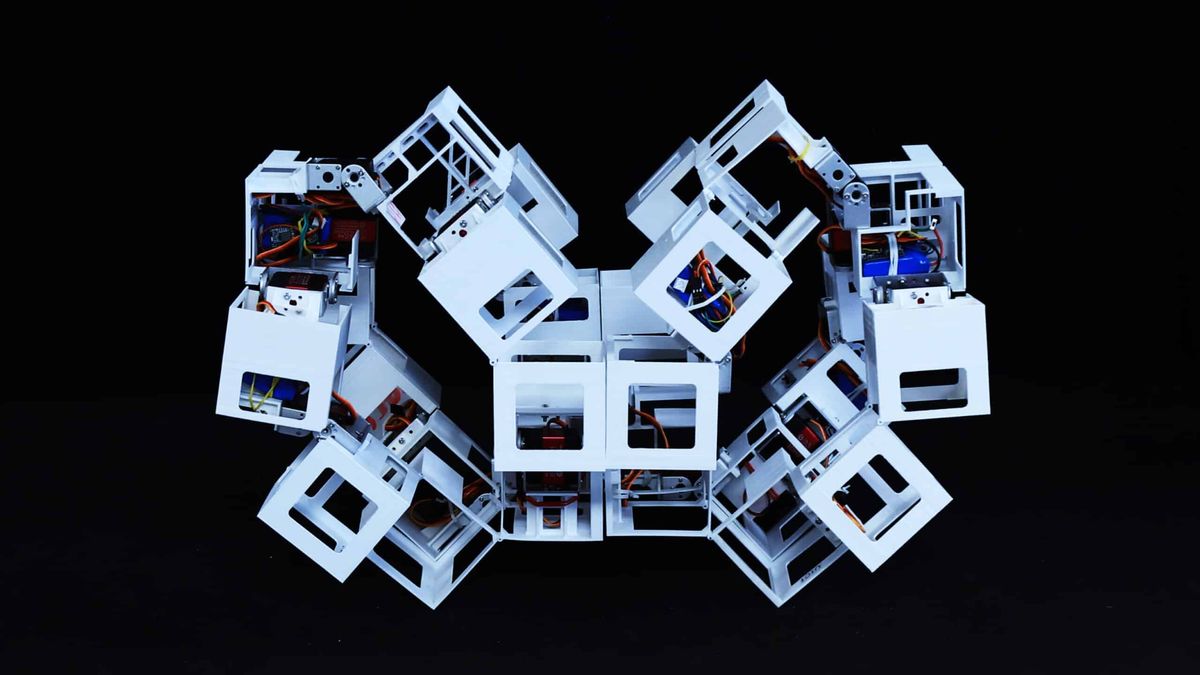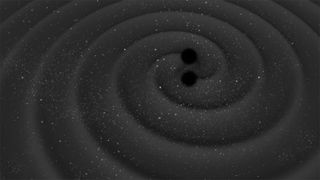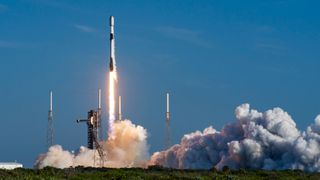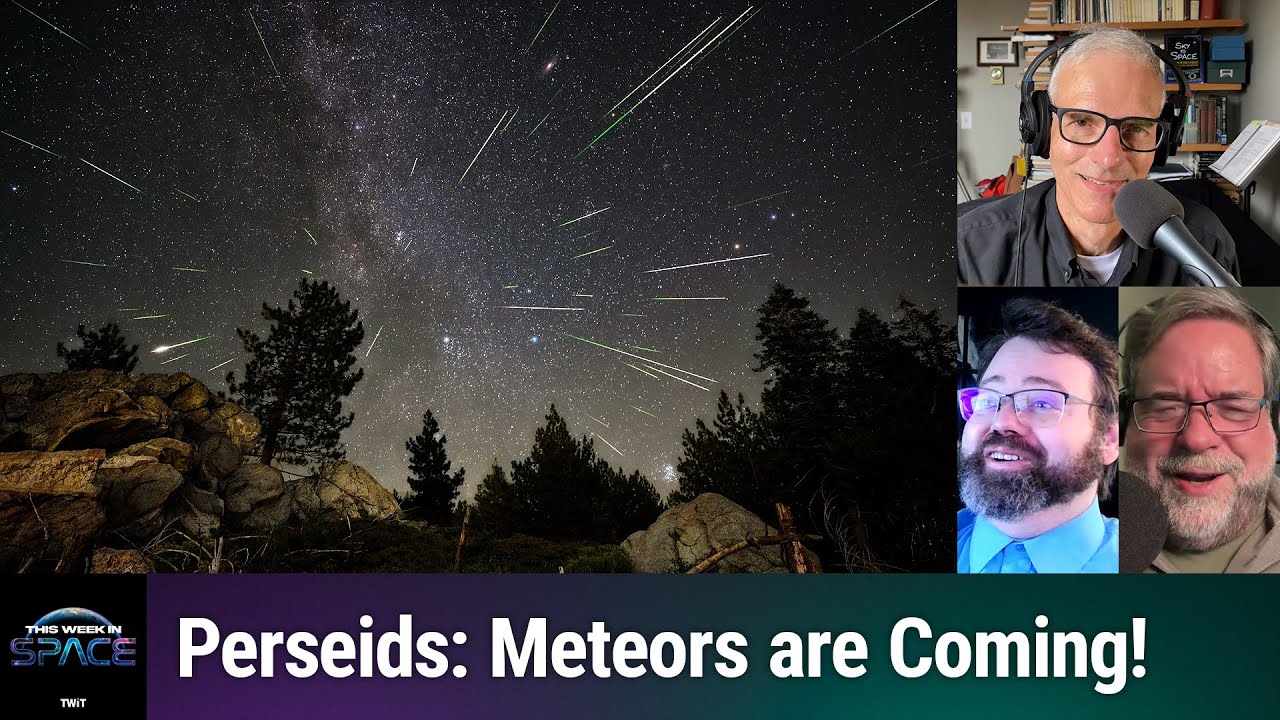Researchers tested a treatment on cartilage and bone tissue cultures subjected to compressive impact injury and found differences in the metabolites and proteins released by cells in space and on Earth along with partial improvement in both gravity conditions. The findings suggest the treatment is safe and could help ensure the health of crew members on future missions and patients on Earth. Astronauts have high rates of musculoskeletal injuries, and post-traumatic osteoarthritis from joint injuries is a major contributor to disability across all ages on the ground. MVP Cell-06 used cultures of human knee…
Read MoreMonth: August 2024
Webb Sees Gassy Baby Stars
In this image of the Serpens Nebula from NASA’s James Webb Space Telescope, astronomers found a grouping of aligned protostellar outflows within one small region (the top left corner). Serpens is a reflection nebula, which means it’s a cloud of gas and dust that does not create its own light, but instead shines by reflecting the light from stars close to or within the nebula. NASA, ESA, CSA, STScI, Klaus Pontoppidan (NASA-JPL), Joel Green (STScI) NASA’s James Webb Space Telescope has captured a phenomenon for the very first time. The…
Read MoreSols 4270-4272: Sample for SAM
Curiosity Navigation Curiosity Home Mission Overview Where is Curiosity? Mission Updates Science Overview Instruments Highlights Exploration Goals News and Features Multimedia Curiosity Raw Images Images Videos Audio More Resources Mars Missions Mars Sample Return Mars Perseverance Rover Mars Curiosity Rover MAVEN Mars Reconnaissance Orbiter Mars Odyssey More Mars Missions The Solar System The Sun Mercury Venus Earth The Moon Mars Jupiter Saturn Uranus Neptune Pluto & Dwarf Planets Asteroids, Comets & Meteors The Kuiper Belt The Oort Cloud 2 min read Sols 4270-4272: Sample for SAM An image of “Discovery…
Read MoreNASA to Provide Coverage of Progress 89 Launch, Space Station Docking
The Progress 86 cargo spacecraft approaches the International Space Station’s Poisk module on Dec. 3, 2023, ahead of its docking. Credit: NASA NASA will provide live launch and docking coverage of a Roscosmos cargo spacecraft delivering nearly three tons of food, fuel, and supplies to the Expedition 71 crew aboard the International Space Station. The unpiloted Progress 89 spacecraft is scheduled to launch at 11:20 p.m. EDT, Wednesday, Aug. 14 (8:20 a.m. Baikonur time, Thursday, Aug. 15), on a Soyuz rocket from the Baikonur Cosmodrome in Kazakhstan. Live launch coverage…
Read MoreEarth Educators Rendezvous with Infiniscope and Tour It
Learn Home Earth Educators Rendezvous… Earth Science Overview Learning Resources Science Activation Teams SME Map Opportunities More Science Stories Science Activation Highlights Citizen Science 3 min read Earth Educators Rendezvous with Infiniscope and Tour It At the Earth Educator’s Rendezvous, held July 15-19, 2024, NASA’s Infiniscope project from Arizona State University hosted a two-day workshop aimed at empowering Earth educators with the tools to design and build virtual tours (VTs). This hands-on session provided participants with a unique opportunity to experience first-hand how to create immersive virtual tours using…
Read MoreMarvel and ‘Star Wars’ take note. ‘Star Trek’ is now Hollywood’s ultimate shared universe
Shared universes go back way further than Tony Stark, Steve Rogers and co sitting down for some post-Chitauri shawarma. Superheroes have been moonlighting in each other’s comic books for decades, while Cheers regulars frequently paid Frasier a visit in Seattle. It wasn’t until Marvel Studios launched the MCU (Marvel Cinematic Universe), however, that the concept started to gain serious mainstream traction. By incorporating the contrasting adventures of Iron Man, Captain America, Thor and Black Widow into one gigantic, overarching narrative, Marvel successfully blended cinematic spectacle with the “must-watch-every-episode” ethos of…
Read MoreOrigami-inspired ‘transformer’ robots could help build habitats in space (photo)
A newly designed “transformer” robot with the ability to change shape could one day be used to build habitats in space. Engineers from North Carolina State University (NC State) have created a plastic cubed structure that can transform into more than 1,000 configurations using only three active motors. In theory, their design — which was largely inspired by the paper-folding art of origami — offers a more efficient way to send assembly structures into space, where the robot could then “transform” to serve various purposes, including carrying a load, according…
Read MoreSmall black holes could play ‘hide-and-seek’ with elusive supermassive black hole pairs
Binary pairings of small black holes could be used by astronomers in a cosmic game of “hide-and-seek” to hunt much larger, yet more elusive, supermassive black hole binaries. The technique could, therefore, help solve the mystery of how supermassive black holes grew so fast in the early universe. Detecting black holes is no easy task despite their reputation as fearsome cosmic titans. All black holes are surrounded by a one-way light-trapping boundary called an “event horizon” that ensures they emit no light. Even the supermassive black holes at the hearts…
Read MoreSpaceX launches 21 Starlink satellites to orbit from Florida (video, photos)
SpaceX sent another group of Starlink satellites to space today (Aug. 10) as the company continues to assemble its giant internet constellation. A Falcon 9 rocket launched 21 Starlink spacecraft to orbit from Space Launch Complex 40 at Cape Canaveral Space Force Station in Florida today at 8:50 a.m. EDT (1250 GMT), after a one-day weather delay. As is typical for these missions, the first stage of Falcon 9 made a soft landing back on Earth roughly eight minutes after launch, touching down on the SpaceX droneship Just Read the…
Read MoreThis Week In Space podcast: Episode 123 —The Mighty Perseids
The Mighty Perseids – Meteors are Coming! – YouTube Watch On On Episode 123 of This Week In Space, Rod Pyle and guest host Isaac Arthur talk with astronomer Steve Fentress about the Perseids meteor shower. Each year, there are a handful of impressive meteor showers, and one of the largest and best this year will be the Perseids. The quarter moon will set just before midnight, when the shower activity peaks, and if you’re in a dark spot expect to see maybe 50-60 shooting stars per hour. Steve Fentress,…
Read More